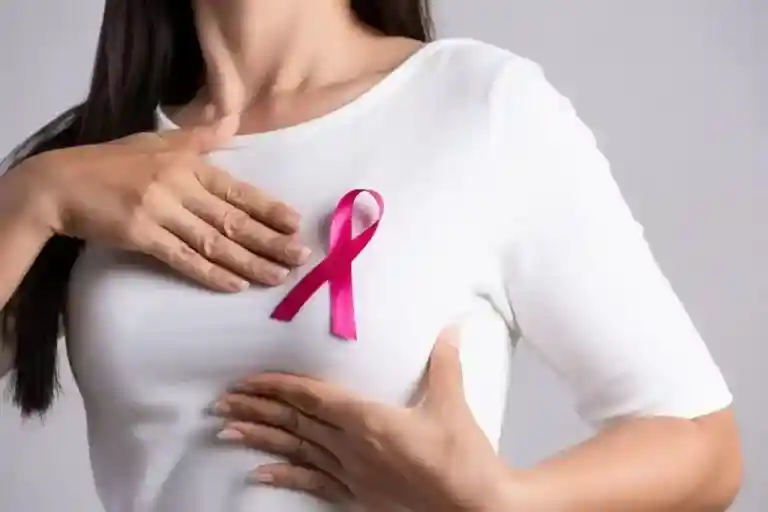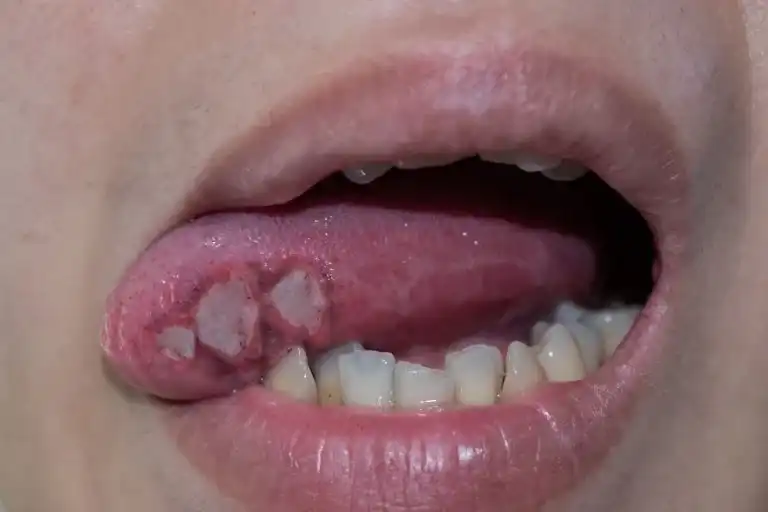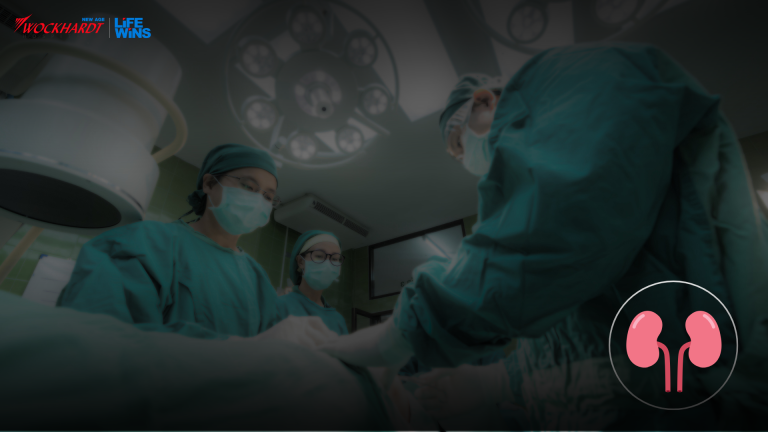Breast cancer is one of the most common cancers affecting women. It occurs inside the breasts when cancerous cells grow and multiply leading to the formation of tumours. It typically affects women above 50 years of age but women younger than 50 may also get breast cancer.
Breast cancer may grow and spread to other parts of the body if left untreated. Oncologists treat breast cancer through surgery or other treatment methods to kill cancer cells. The type of treatment given depends on the type of breast cancer affected and the stage of cancer.
Diagnosis of Breast Cancer
Breast cancer diagnosis is performed by a doctor who may ask about the symptoms as well as the medical and family history of the patients. They may recommend several tests and procedures to diagnose or rule out breast cancer.
- Breast Exam: A physical examination of the breast may be required to look for lumps or any other abnormalities in the breasts as well as the lymph nodes in the armpits.
- Mammogram: A mammogram is an X-ray of the breast, which helps to detect any abnormalities in the breasts.
- Breast Ultrasound: An ultrasound scan helps to provide images of the internal structures. Ultrasound can be used to determine whether a new breast lump is fluid-filled or a solid mass.
- Breast MRI Scan: A Magnetic Resonance Imaging (MRI) scan can be used to create images of the internal structures of the breast using radio waves and a magnet.
- Biopsy: A biopsy of a breast tissue sample is the definitive way of making a diagnosis for breast cancer. This procedure may be recommended when other diagnostic tests indicate the presence of breast cancer. During a biopsy, a sample of tissue from the suspected breast using a specialised needle is removed to be examined in a laboratory to look for signs of cancer.
Staging Breast Cancer
If diagnostic tests have detected cancer in the breasts, staging the cancer is necessary to understand how far it has spread. Staging is essential for determining the prognosis and devising an appropriate treatment plan customised to an individual’s needs. Breast cancer stages are as follows:
- Stage 0: At this stage, the cancer hasn’t spread to other parts of the breast.
- Stage I: The cancer has been found in nearby breast tissues at this stage.
- Stage II: At this stage, the cancer has begun to form tumours in the breast. The tumours may be smaller than 2 cm and have spread to the lymph nodes, or they may be larger than 5 cm but have not yet spread.
- Stage III: This is the locally advanced stage of breast cancer in which the cancer has spread to nearby tissues and lymph nodes.
- Stage IV: This is the advanced stage of breast cancer that has spread to other organs of the body, such as the lungs, liver, and brain.
Treatment of Breast Cancer
Breast cancer surgery is the primary form of breast cancer treatment, but oncologists may recommend additional cancer treatments depending on the specific requirements of each case. However, the form of breast cancer treatment is based on the type, size, and stage of breast cancer.
Surgical treatments used to treat breast cancer include the following:
- Mastectomy: Mastectomy is a surgical procedure used to remove the entire affected breast, including the lobules, ducts, fatty tissues, along with some skin. Newer surgical procedures may allow skin-sparing and nipple-sparing mastectomy to improve the appearance of the breast.
- Lumpectomy: Lumpectomy is the surgical procedure to remove a tumour along with a small margin of nearby healthy tissues. It may be suggested to eliminate smaller tumours. Sometimes, larger tumours may be shrunk by chemotherapy before surgery is performed.
- Axillary Lymph Node Dissection: If cancer has spread to the surrounding lymph nodes, the tumours may need to be removed from the lymph nodes in the armpits.
There are many other methods used for the treatment of breast cancer, such as:
Chemotherapy
Chemotherapy treatment uses drugs to destroy fast-growing cancer cells. Chemotherapy may be recommended before or after surgery, depending on the specific requirements of the patient. If there is a chance of recurrence, chemotherapy may be performed after surgery. If breast tumours are larger, chemotherapy may be required before surgery to prevent cancer from spreading to other parts of the body. Chemotherapy may also be used to control symptoms of breast cancer.
Radiation Therapy
Radiation therapy makes use of high-energy X-rays or other particles to destroy cancer. External-beam radiotherapy may be performed after a lumpectomy and mastectomy procedure if the tumours are larger or have spread to the lymph nodes.
Hormone Therapy
Hormonal therapy is utilised to treat breast cancer sensitive to specific hormones. These cancers may be oestrogen receptor-positive (ER positive) or progesterone receptor-positive (PR positive). Hormonal therapy may be used before or after surgery or other cancer treatments to prevent cancer recurrence. This treatment may also help arrest the spread of cancer and shrink it.
Targeted Therapy
Targeted therapy uses drugs to identify and attack specific abnormalities within cancer cells. This procedure may be used after surgery to reduce the risk of cancer recurrence.
Immunotherapy
Immunotherapy involves fortifying the body’s own immune system to fight off cancer by interfering with the process of producing proteins that help cancer cells grow. Triple-negative breast cancer may be treated using immunotherapy.
Palliative Care
Palliative care is a specialised supportive treatment that focuses on providing relief from pain and other cancer symptoms. Palliative treatment may be provided when treating advanced breast cancer or aggressive forms of treatment, such as surgery, chemotherapy, or radiotherapy. The aim of palliative care is to improve the quality of life of cancer patients while offering curative treatments.
Conclusion
Breast cancer may be cured by early detection and prompt treatment. However, breast cancer may come back, and when it does, it may become metastatic; that is, it may start spreading to other parts of the body.
Get the best breast cancer treatment in India at Wockhardt Hospitals for all-round comprehensive cancer care by the top Oncologists who have extensive experience in treating cancer for many years. Contact us directly and get the best quote on breast cancer treatment cost in India.
FAQs on Breast Cancer Treatment in India
Q. What is the cost of breast cancer treatment in India?
To determine the location, extent, and spread of cancer, an imaging test is conducted. The initial fee for a cancer evaluation is 35,000 to 45,000 rupees. The patient’s treatment strategy will be discussed by the oncosurgeon based on the results of the medical test. In India, breast cancer treatment costs start at 2 lakhs to 4 lakhs.


















